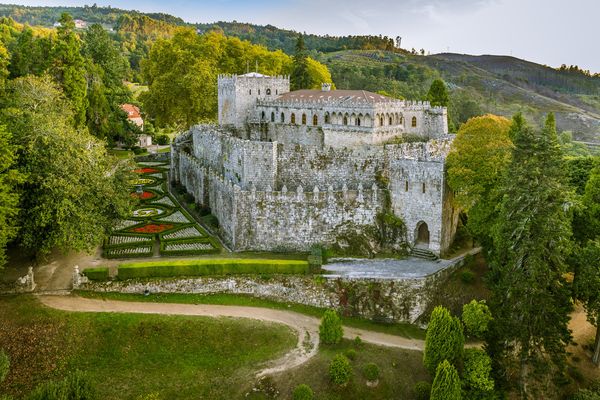Creative province - Bienal de Pontevedra

The province of Pontevedra: a diverse cultural territory
 Campo Lameiro Archaeological Park
Campo Lameiro Archaeological ParkBeside its capital, the province of Pontevedra displays a cultural, natural and heritage richness that dialogues with contemporary art languages and with the territory's memory.
In the city of Vigo, we find the Museum of Contemporary Art of Vigo (MARCO, for its acronym in Galician), which has become one of the leading institutions for contemporary art in Galicia. With a dynamic programme open to today's debates, this Museum acts as a living space for creation, research and encounters between the artists and the public. Its location in the former Palace of Justice building, in the heart of the city centre, reinforces its character as a museum open to the citizens.
The province also keeps unique testimonies of the past in dialogue with nature. The Petroglyph Route, which crosses different municipalities, such as Campo Lameiro, Cerdedo-Cotobade, Marín and Cuntis, allows visitors to discover some of the most important open-air rock art sites in Europe. In particular, the Campo Lameiro Archaeological Park offers an immersive experience that connects people of all ages with the symbolic origins of art.
 Soutomaior Castle
Soutomaior CastleMoreover, the landscape of Pontevedra is sprinkled with fortresses and castles where visitors can explore Galicia's medieval history from a heritage and architectural perspective. Soutomaior Castle, restored and open to the public, is one of the most emblematic fortresses: surrounded by historic gardens and overlooking the Verdugo River Valley, it combines attractive monuments with its own cultural programme. Other outstanding examples are Sobroso Castle, in the town of Mondariz, or San Sadurniño Tower, in the town of Cambados, which are part of itineraries of historical and tourist interest.
This network of cultural, heritage and natural spaces makes the province of Pontevedra a fertile territory for art, reflection and discovery, perfectly aligned with the Biennial's spirit.
